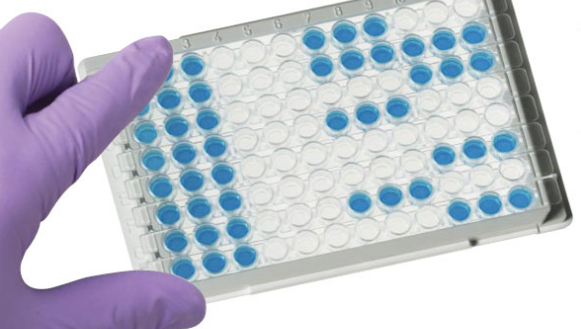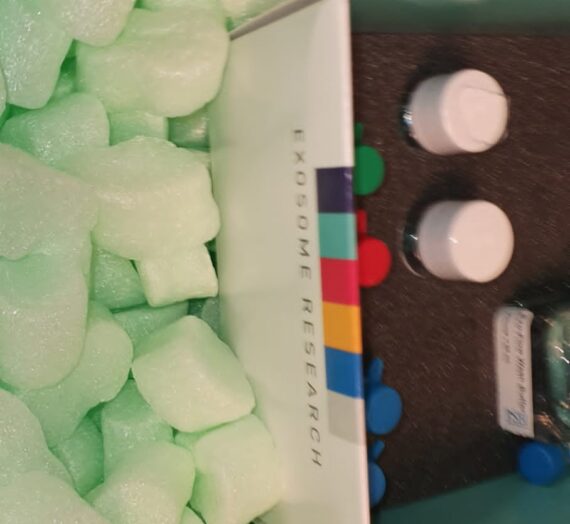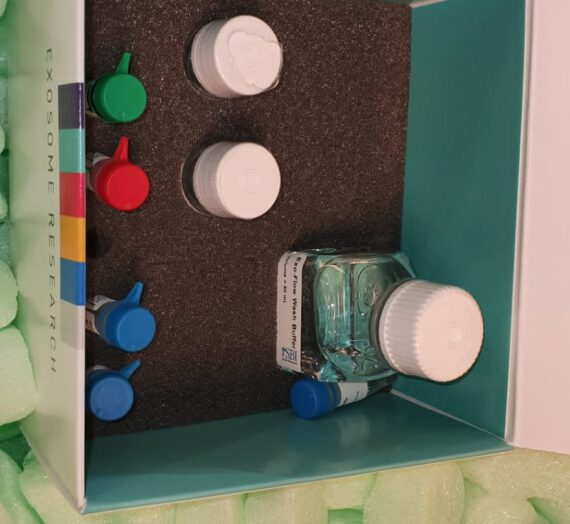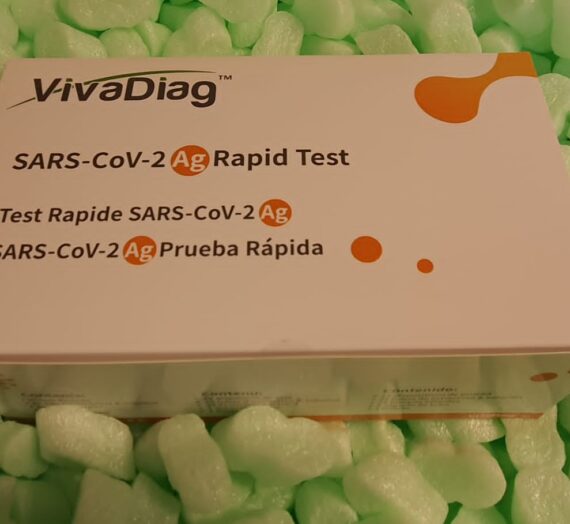The ELISA immunoassay has become one of the most widely used techniques for rapidly analyzing and quantifying analytes in a large number of samples. Its advantages include ease of use, the possibility of automation and its relatively low cost.
Today we will focus on a specific type of ELISA immunoassay, the sandwich ELISA , where the antigen is identified and quantified by the simultaneous use of two specific primary antibodies against it: a capture antibody and a detection antibody. In this post we will analyze the keys to correctly select the pairs of antibodies to carry out this type of assay.
Fundamentals Of Sandwich Elisa
The sandwich ELISA identifies and quantifies the antigens between two antibody layers (capture antibody and detection antibody), which must necessarily recognize two different epitopes of said antigen in order not to interfere with each other in binding to it. Hence the criticality of the step of correctly selecting the pairs of antibodies to be used in the assay.
The three main advantages of the sandwich ELISA immunoassay compared to other types of ELISA are as follows:
- Greater specificity for the use of two primary antibodies directed to the antigen (the antigen is specifically captured and detected).
- Suitable for complex samples, since it does not require any previous purification step and the sample can be added directly to the plate.
- High flexibility and sensitivity, being able to be used with both direct and indirect detection methods.
Although, as always, the protocols can vary and adjust depending on the characteristics of each assay, the general steps followed in the development of a sandwich ELISA are:
1.- Immobilization of the capture antibody on the plate.
2.- Blocking of non-specific binding sites on the surface.
3.- Addition of the sample with the antigen of interest.
4.- Washing to remove excess antigen not bound to the capture antibody.
5.- Addition of the detection antibody that will bind to the antigen immobilized by the capture antibody.
6.- Addition of the secondary antibody conjugated to an enzyme (this step is optional, not being necessary if the detection antibody is directly conjugated ).
7.- Washing to remove excess antibody.
8.- Addition of chromogenic / fluorogenic reagent.
9.- Measurement of the absorbance / fluorescence / electrochemical signal in the wells to detect the presence of the antigen and proceed to its quantification.
Keys To Select Antibody Pairs
As we have already seen, it is crucial to pay special attention to the selection of the pairs of antibodies that we will use in our sandwich ELISA assay to obtain optimal results.
In this regard, we must assess mainly three elements: the antigen used to obtain the antibodies, the capture and detection antibodies and the screening method.
A.) Antigen
When selecting the most appropriate antigen for the immunization of animals, it should be remembered that the epitopes that each of the antibodies will recognize (capture and detection) must not overlap, and there must be sufficient spatial separation between them in the structure of the native protein to prevent both antibodies from competing with each other for antigen binding.
The antigens that are used can be both complete proteins and small peptides. It is common to use complete proteins to obtain polyclonal capture and detection antibodies and synthetic peptides to generate monoclonal antibodies.
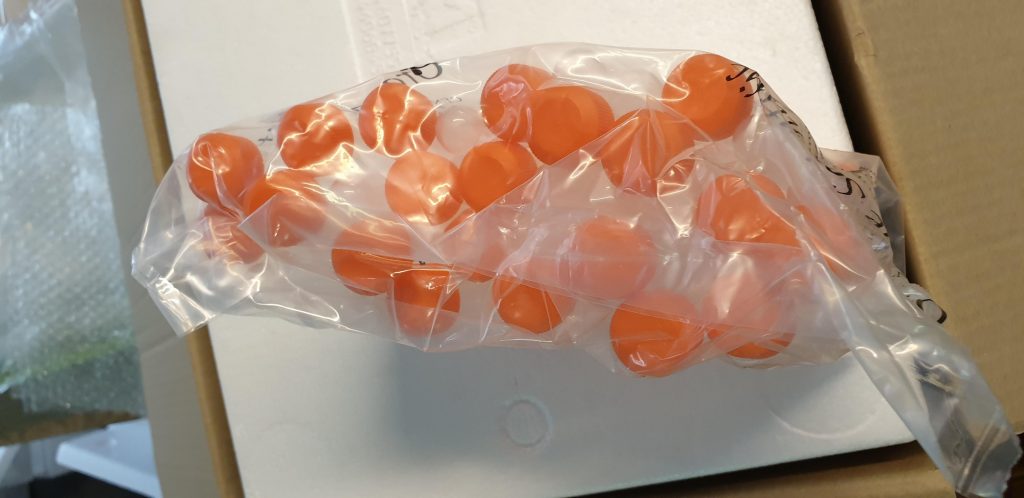
B.) Capture and detection antibodies
To select the antibody pairs for our immunoassay, it is necessary to evaluate both the affinity and specificity as well as the titer of the same.
The pairs of antibodies can be formed by a pair of monoclonal or polyclonal antibodies (the latter must be purified by affinity against the antigen), or by a combination of both, the use of a polyclonal capture antibody being common in order to immobilize as much antigen as possible, along with a monoclonal detection antibody to increase specificity.
If two monoclonal or two polyclonal antibodies are used, the one with the highest affinity for the antigen will be used as the capture antibody.
It is important to verify that the binding of the capture antibody does not modify the properties of the antigen, preventing recognition of the epitope by the detection antibody.
C.) Screening method
Once we have a collection of primary antibodies that specifically bind the antigen of interest, it is essential to design a good validation and screening process to select the optimal antibody pairs for our immunoassay.
In a first step, it is recommended to carry out the tests with the same antigen used for the immunization of animals. Each capture candidate antibody will be assayed alongside each detection candidate antibody to obtain a standard curve. The best pairs of antibodies will be selected based on:
- Signal strength
- The sensibility
- Background noise
The antibody pairs selected after that first step will be retested by ELISA against the test samples to confirm that the results are reproduced.
The selection of optimal antibody pairs is essential for the development of certain immunoassays such as the sandwich ELISA . Following some simple guidelines, you can test the combination of different candidates until you find the partner that works best in our test.
Although the screening process is not complex, it can be tedious and consume time that we often do not have. That is why there is currently an interesting offer of pairs of antibodies already validated for use in sandwich ELISA.
If you are interested in knowing the pairs of commercial antibodies already validated for the analysis of a specific protein, do not hesitate to contact us and we will send you the information of all the available options.

